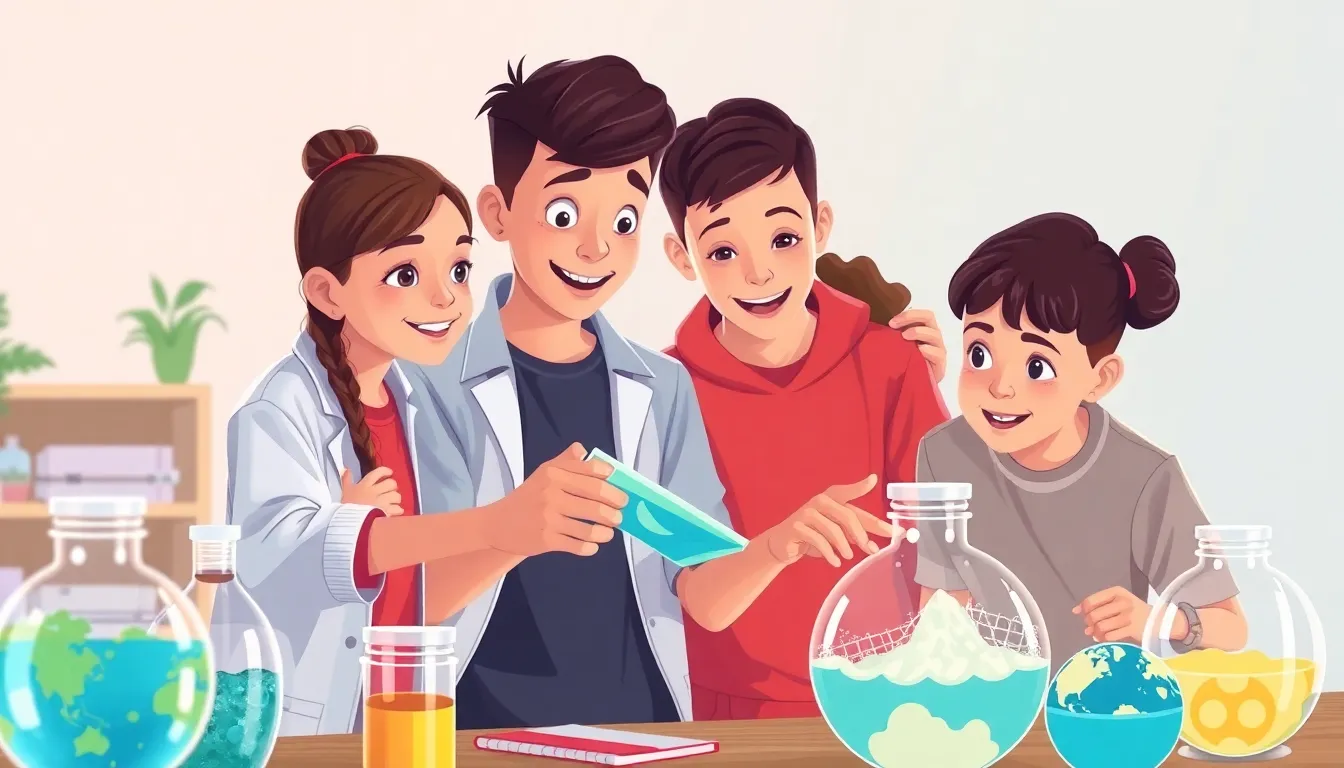
Climate Science
What Is Climate?
Climate is the long‑term pattern of weather in a region. While weather tells us if it’s raining or sunny today, climate looks at averages over many years—usually 30 years or more. It includes temperature, precipitation, wind, and even how often extreme events happen. By studying climate, scientists can see how a place’s typical conditions have changed over time.
How Does the Climate Change?
The Earth’s climate is driven by energy from the Sun. Some of that energy is reflected back to space, and the rest is absorbed by the atmosphere, oceans, and land. Greenhouse gases—such as carbon dioxide (CO₂), methane (CH₄), and nitrous oxide (N₂O)—trap part of the heat, keeping the planet warm enough for life.
When humans burn fossil fuels (coal, oil, and gas), cut down forests, or raise livestock, they add extra greenhouse gases to the atmosphere. This “enhanced greenhouse effect” means more heat stays trapped, causing the average temperature of the planet to rise. The main drivers of recent climate change are:
- Fossil‑fuel Combustion: Power plants, cars, and factories release large amounts of CO₂.
- Deforestation: Trees absorb CO₂; cutting them down reduces this natural sink.
- Agriculture: Livestock produce methane, and certain fertilizers release nitrous oxide.
These activities have increased atmospheric CO₂ from about 280 ppm in pre‑industrial times to over 420 ppm today.
Impacts on the Planet
A warming climate affects many parts of the Earth system:
- Rising Temperatures: Heatwaves become more frequent and intense, affecting health and agriculture.
- Melting Ice: Glaciers and polar ice sheets shrink, contributing to sea‑level rise.
- Changing Precipitation: Some regions get more rain, leading to floods, while others become drier, increasing drought risk.
- Ocean Changes: Warmer oceans expand, and more CO₂ makes seawater acidic, threatening coral reefs and marine life.
These changes can disrupt ecosystems, threaten food security, and increase the frequency of extreme weather events such as hurricanes and wildfires.
What Can We Do?
Even though climate change is a global challenge, individual and community actions matter:
- Reduce Energy Use: Turn off lights, use energy‑efficient appliances, and choose public transport or cycling.
- Choose Renewable Energy: Support solar, wind, or hydro power when possible.
- Eat Smarter: Cutting down on meat, especially beef, reduces methane emissions.
- Plant Trees: Reforestation helps pull CO₂ out of the atmosphere.
- Raise Awareness: Talk about climate science with friends, family, and school peers.
By understanding the science behind climate change and taking informed steps, young people can help shape a healthier, more sustainable future.